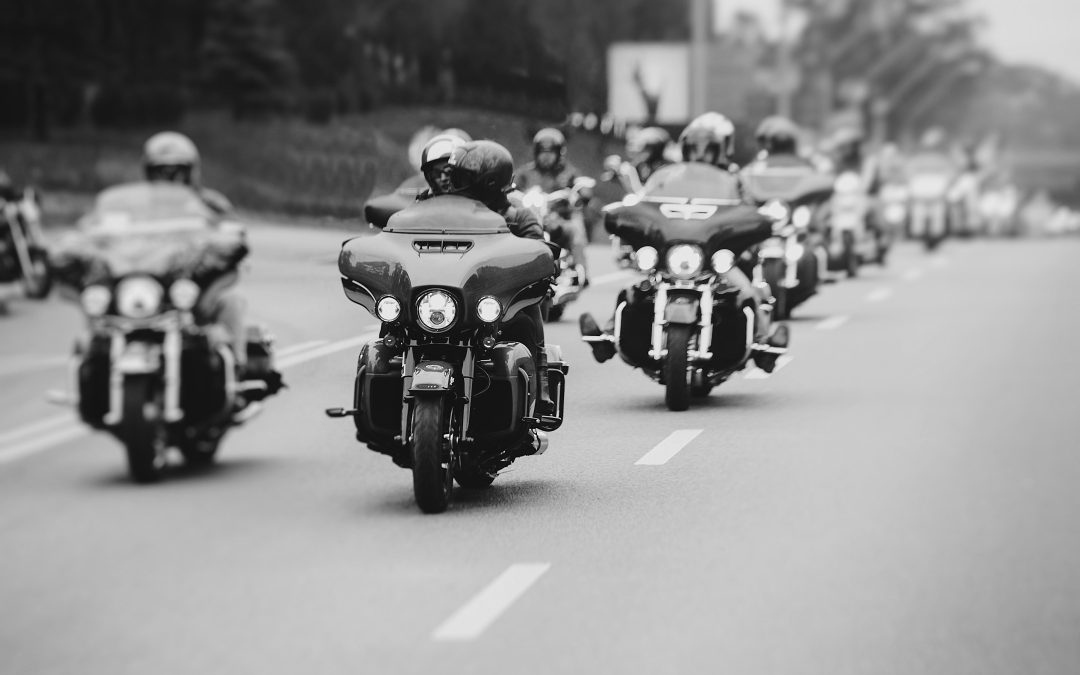
by admin | Feb 19, 2024 | Motorcycle Travel Network Blog
Essential Tools for Group Riding on Your Motorcycle Adventure
Are you ready to hit the open road with your fellow riders and experience the thrill of group motorcycle riding? Before you rev up your engines and embark on your next two-wheeled adventure, make sure you have the right tools to ensure a safe and enjoyable journey. Here are some essential tools for group riding that will help you make the most of your motorcycle experience:
1. **Communication Devices**: Staying connected with your group members is crucial during a motorcycle ride. Invest in quality communication devices such as Bluetooth headsets or helmet intercom systems that allow you to communicate with your fellow riders easily. Whether you need to give directions, warn about road hazards, or simply chat along the way, clear communication is key to a successful group ride.
2. **Navigation Tools**: Getting lost during a group ride can quickly turn a fun outing into a stressful situation. Make sure you have reliable navigation tools such as GPS devices or smartphone mounts that can help you stay on course and reach your destination safely. Plan your route in advance and share it with your group members to avoid any confusion along the way.
3. **First Aid Kit**: Accidents can happen, especially when riding in a group. Be prepared for any unforeseen circumstances by carrying a well-stocked first aid kit that includes essentials such as bandages, antiseptic wipes, pain relievers, and other medical supplies. Having a first aid kit on hand can make a big difference in case of minor injuries or emergencies during your ride.
4. **Tool Kit**: A breakdown or mechanical issue can put a damper on your group ride if you’re not prepared. Pack a tool kit with essential tools such as wrenches, screwdrivers, tire repair kits, and other items that can help you make quick fixes on the road. Being able to handle basic repairs can save you time and money and keep your group ride on track.
5. **Emergency Contact Information**: In case of an emergency, it’s important to have easy access to your own and your group members’ emergency contact information. Create a list with names, phone numbers, and any relevant medical information that can be shared with the group in case of an emergency situation. Having this information readily available can help ensure a prompt response and appropriate assistance when needed.
With the right tools and preparation, group riding on your motorcycle can be a thrilling and memorable experience. Stay safe, stay connected, and enjoy the camaraderie of riding with your fellow bikers as you explore new destinations and create lasting memories on the open road. Gear up, rev your engines, and get ready for an unforgettable adventure with your group riding companions!

by admin | Feb 19, 2024 | Motorcycle Travel Network Blog
Navigating the Risks of Group Riding: Essential Safety Tips for Motorcycle Enthusiasts
Embarking on a group motorcycle ride can be an exhilarating experience, filled with camaraderie and shared adventures on the open road. However, riding in a group also comes with its own set of challenges and potential dangers that riders need to be aware of. To ensure a safe and enjoyable group riding experience, here are some key factors to consider and precautions to take:
1. **Formation and Riding Order**: One of the most important aspects of group riding is maintaining a safe and organized formation. Riders should follow a staggered formation, with each rider positioned slightly to one side of the lane behind the rider in front. This allows for better visibility and reaction time in case of sudden stops or obstacles on the road. It’s crucial to establish a clear riding order and communication signals within the group to avoid confusion and ensure a smooth ride.
2. **Speed and Distance**: Keeping a safe distance between bikes is essential to prevent collisions and allow for proper braking distance. Riders should maintain a consistent speed that is comfortable for everyone in the group, avoiding sudden accelerations or deceleration that can disrupt the formation. Be mindful of your surroundings and adjust your speed accordingly to stay in sync with the group and avoid potential hazards on the road.
3. **Communication and Signals**: Effective communication is key to a successful group ride. Use hand signals, intercom systems, or designated lead and sweep riders to communicate important information such as upcoming turns, lane changes, or road hazards. Establish clear signals and protocols within the group to ensure that everyone is on the same page and can react quickly to changing road conditions.
4. **Awareness of Surroundings**: Group riding requires heightened awareness of your surroundings and the movements of other riders in the group. Stay alert and scan the road ahead for potential hazards, such as potholes, debris, or unexpected traffic situations. Be prepared to react quickly and communicate with your fellow riders to avoid accidents and keep the group safe.
5. **Emergency Preparedness**: Despite taking all necessary precautions, accidents can still happen during group rides. Make sure you have a plan in place for handling emergencies, such as designating a rider to call for help, carrying a first aid kit, and knowing basic first aid procedures. Stay calm, assess the situation, and provide assistance to fellow riders in need while waiting for professional help to arrive.
By being aware of the risks and challenges of group riding and taking proactive measures to address them, motorcycle enthusiasts can enjoy the thrill of riding together while prioritizing safety and responsibility on the road. Remember to ride smart, stay connected, and look out for one another as you embark on your next group motorcycle adventure. With careful planning and a focus on safety, group riding can be a rewarding and memorable experience for riders of all levels.


